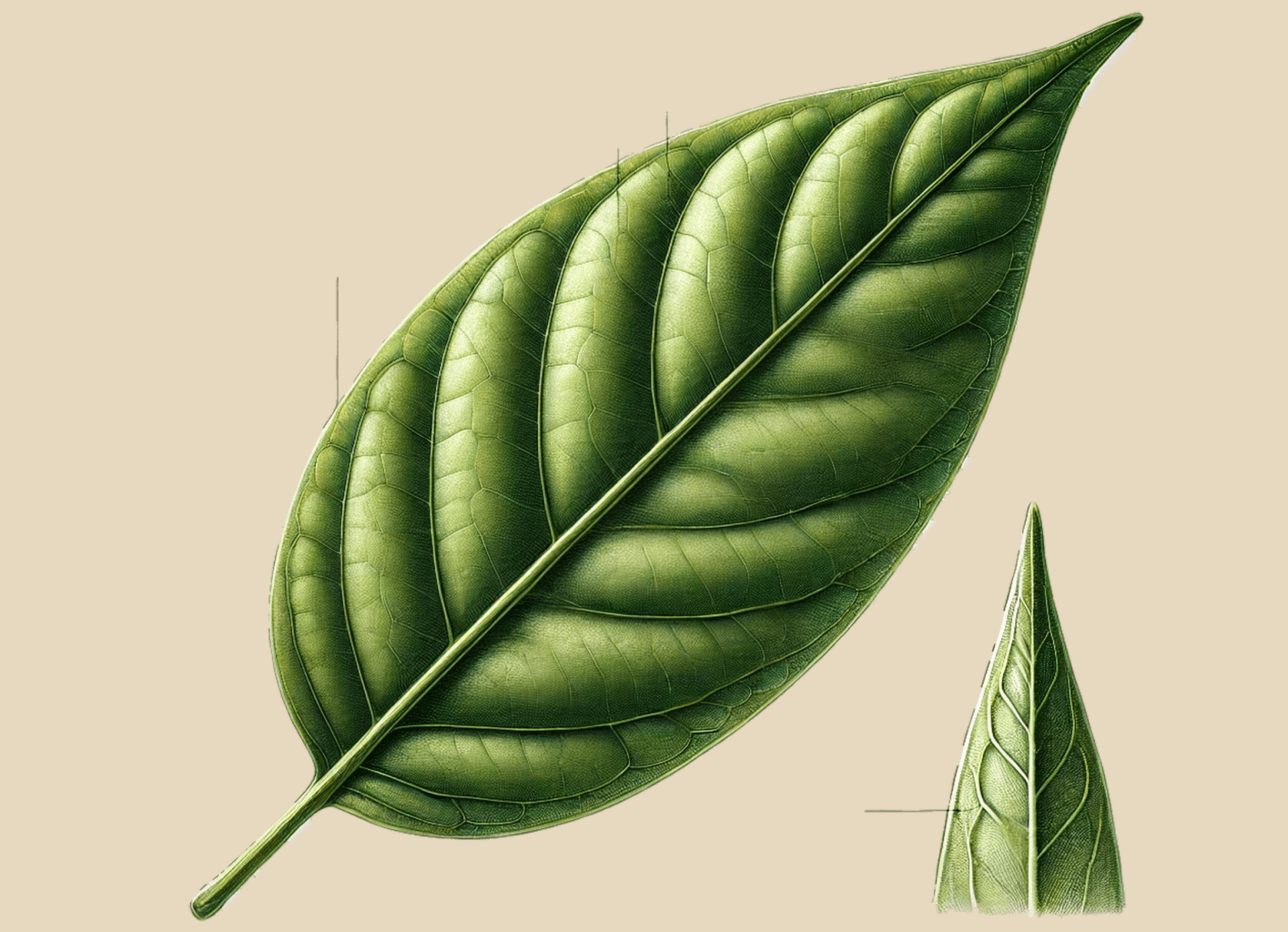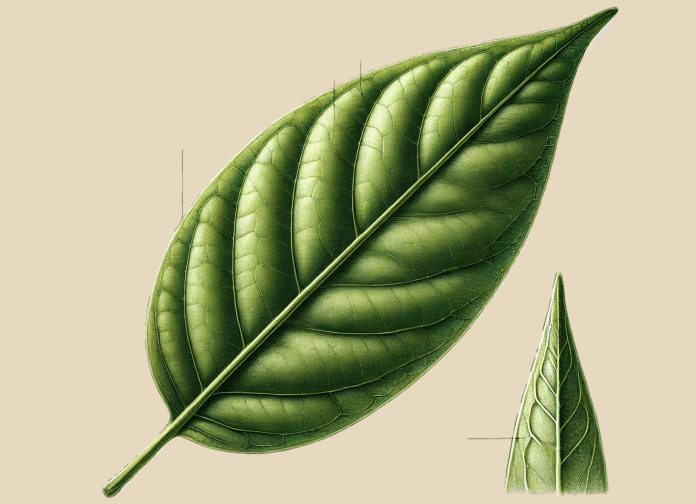The term acuminate is used in botany to describe a leaf or other plant part that tapers to a long, sharp point. This shape is characterized by a gradual narrowing of the margins near the tip, creating a pointed and often slightly curved appearance. Acuminate tips are common in many plant species and can vary in length and sharpness.
Characteristics
- Shape: Narrowed and tapering to a fine, elongated tip.
- Margins: Often curved or slightly concave near the tip.
- Texture: The tip may be soft or rigid, depending on the species.
Examples in Nature
- Rubber Plant (Ficus elastica): Leaves feature a distinct acuminate tip.
- Dogwood (Cornus spp.): Many species exhibit acuminate leaf tips.
- Tropical Plants: Numerous rainforest species have acuminate leaves to shed water efficiently.
Functional Significance
- Water Shedding: Acuminate tips are often adapted to help channel water away from the leaf surface, especially in tropical or rainy environments.
- Aesthetic Appeal: Acuminate leaves add an elegant and dramatic visual element to garden designs.
Tip: Look for acuminate leaves when selecting tropical or ornamental plants to bring dynamic shapes and textures to your landscape.





